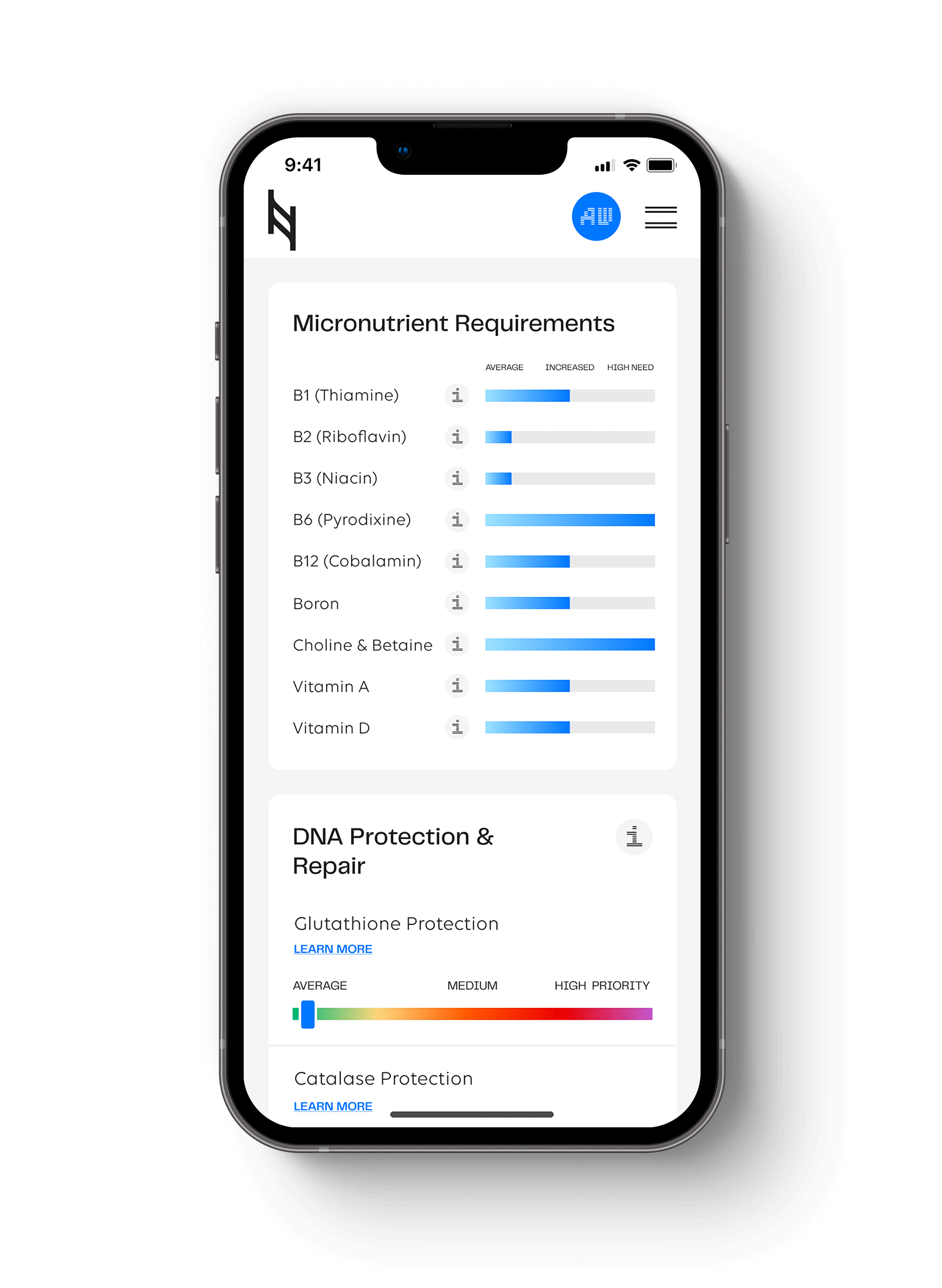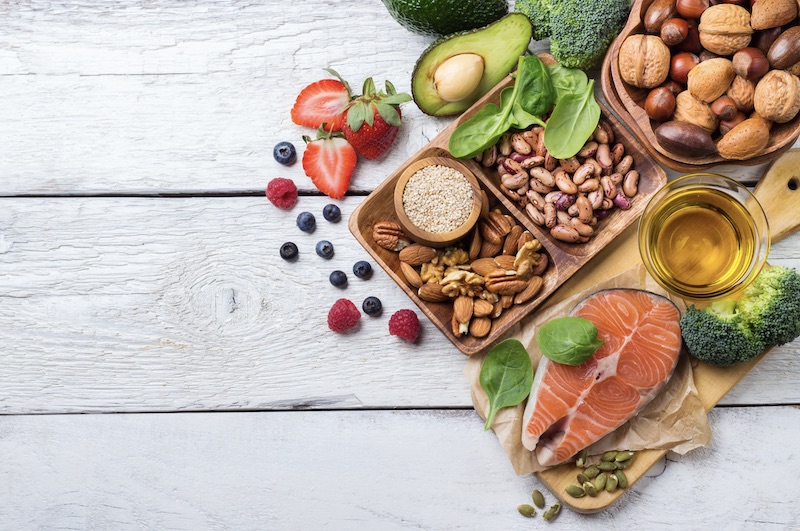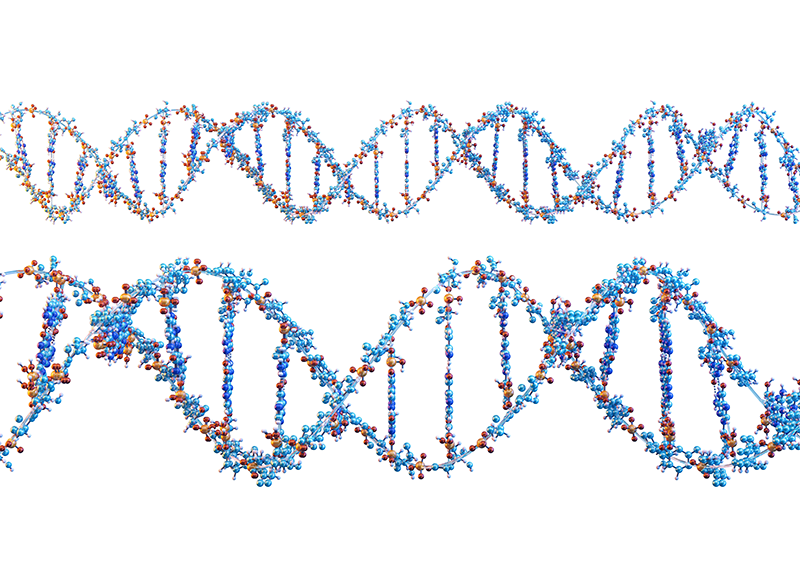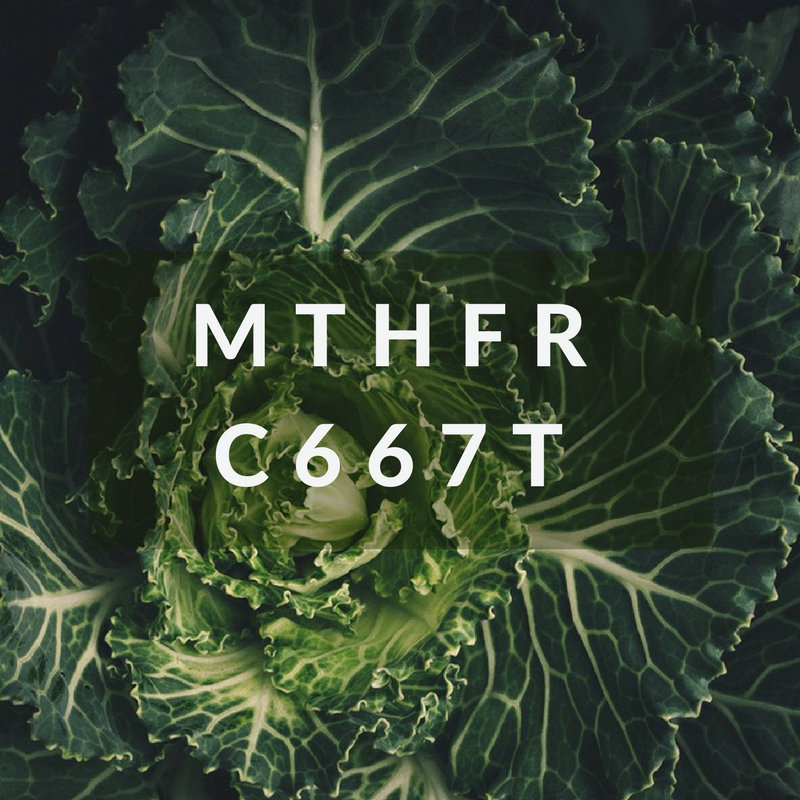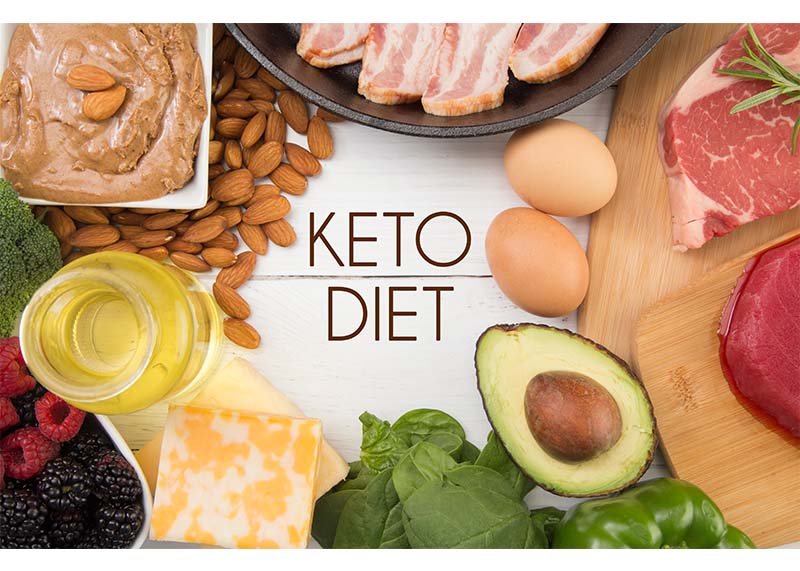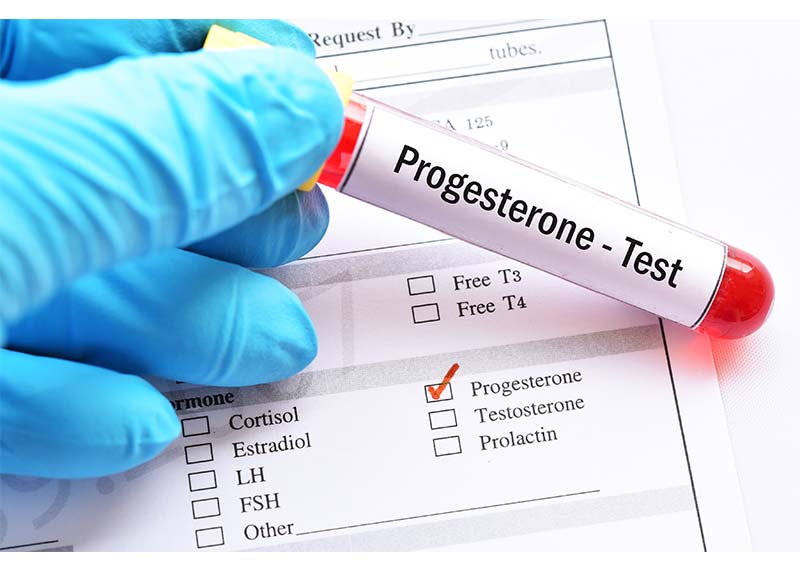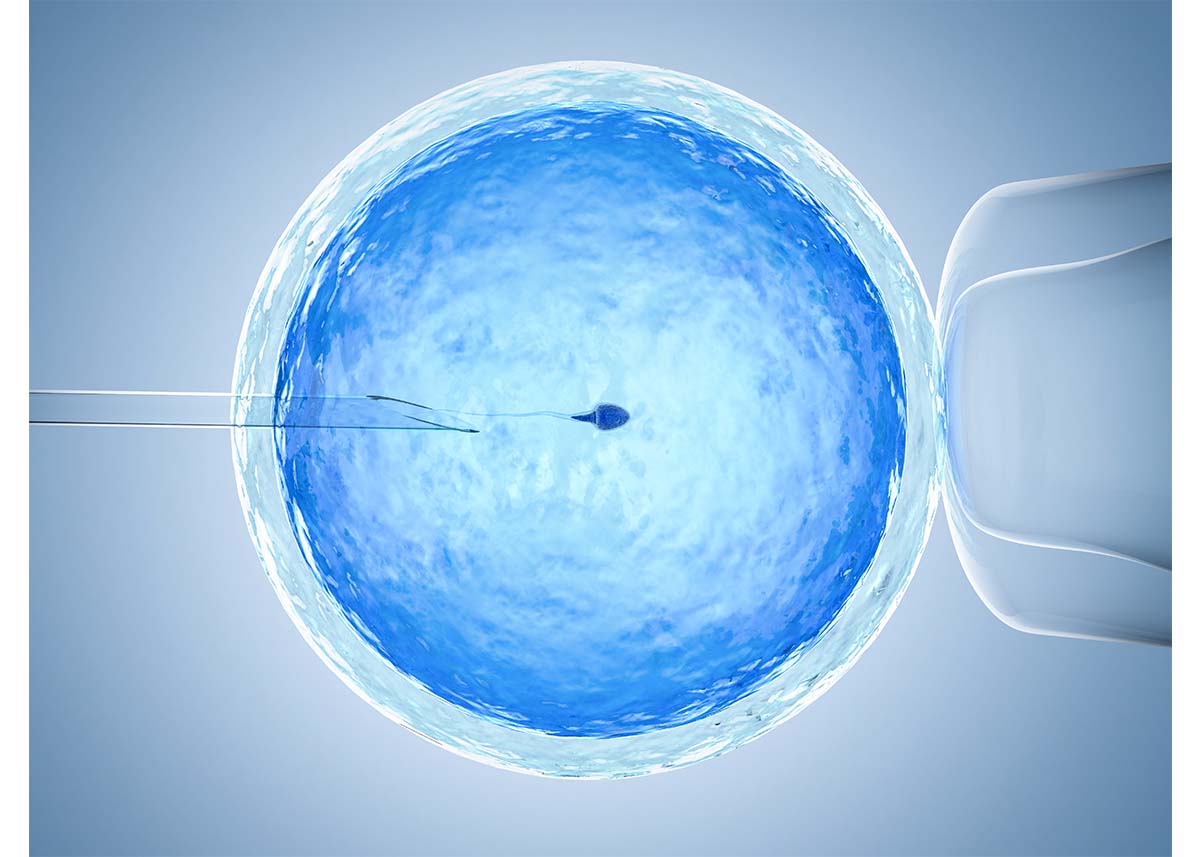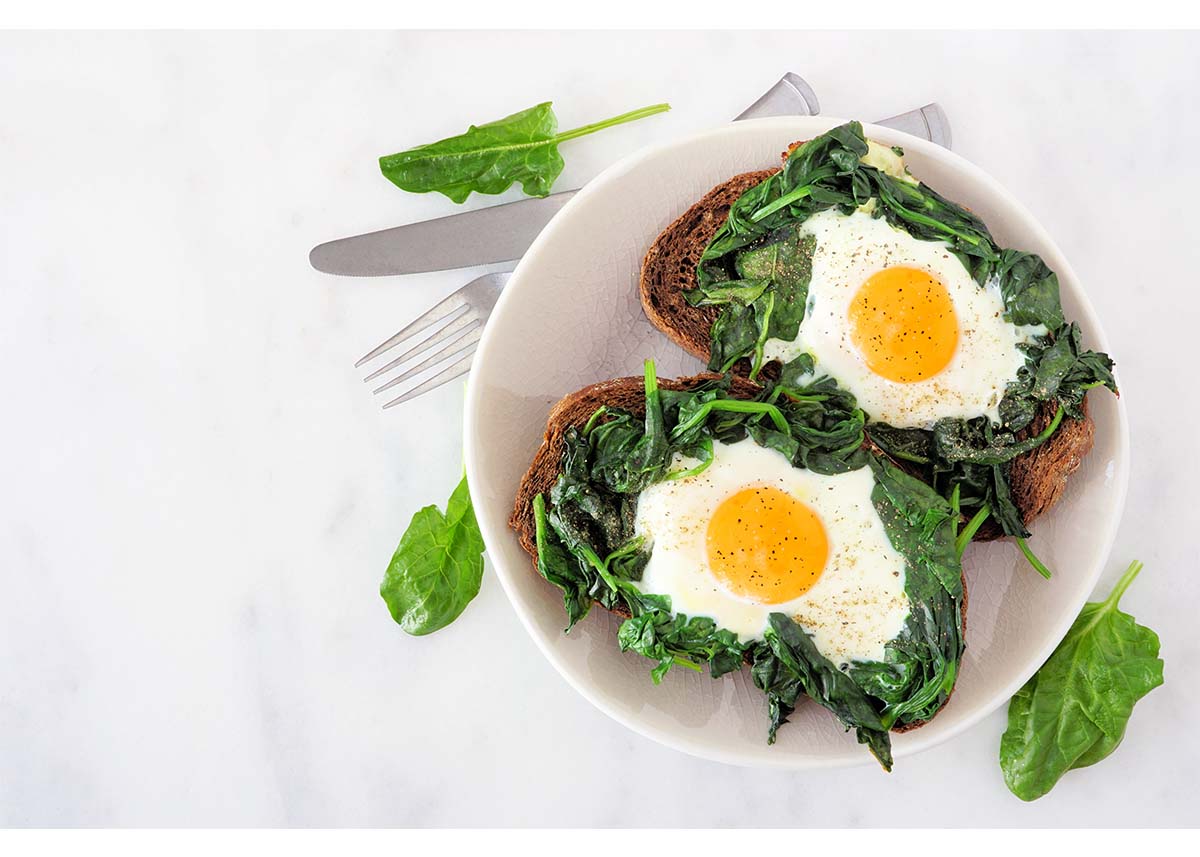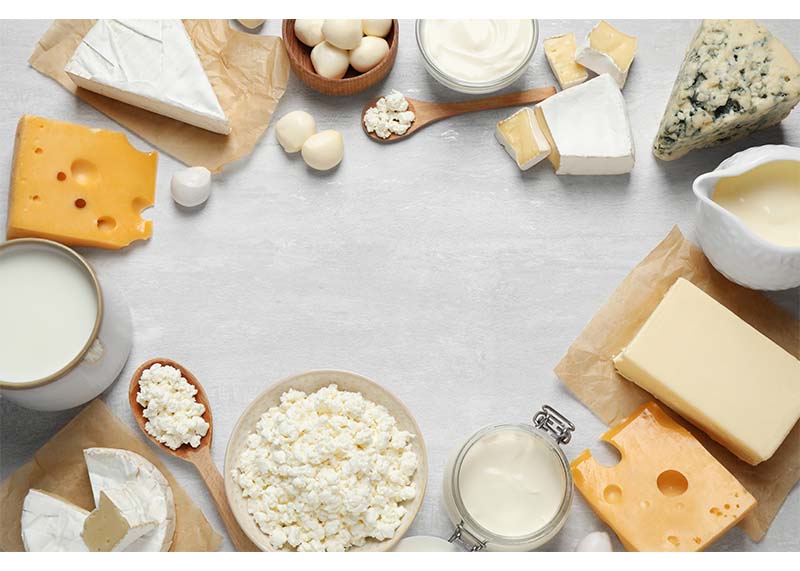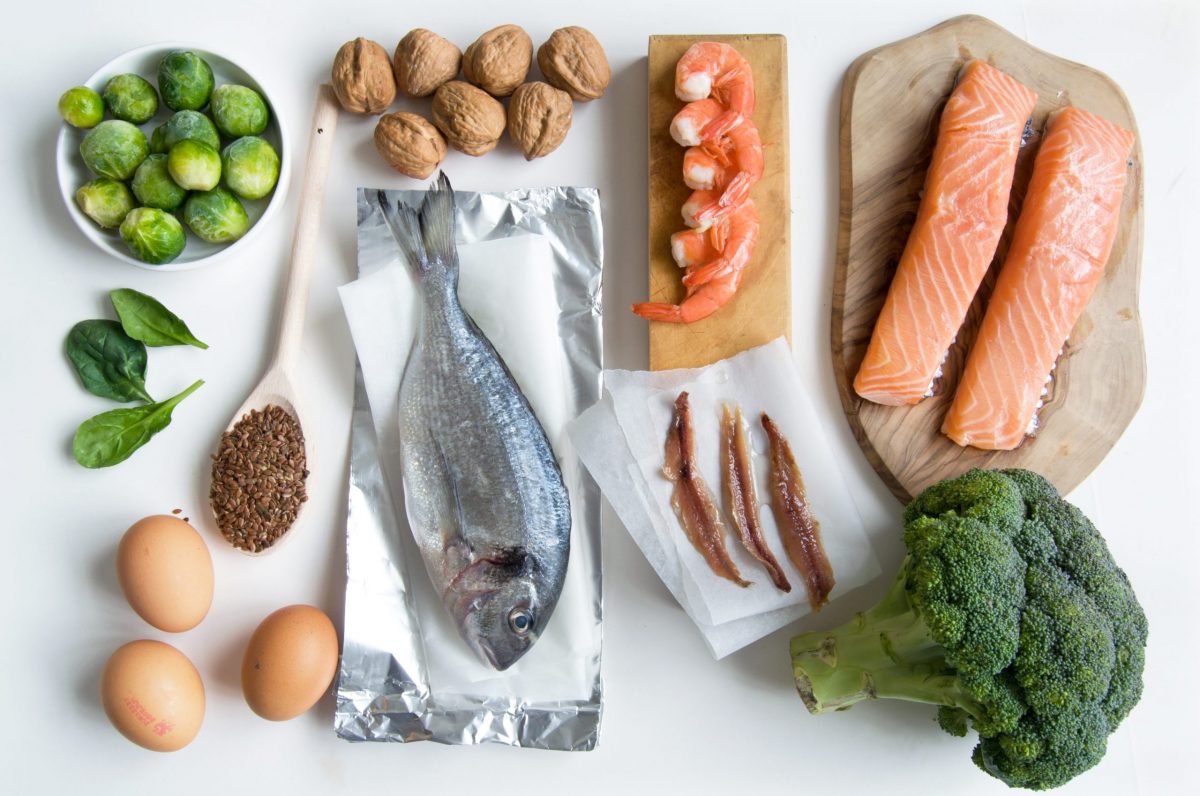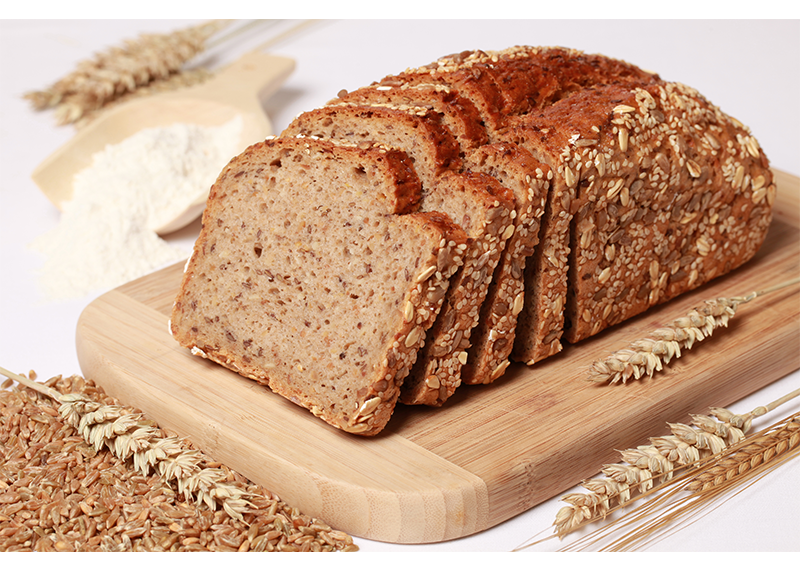The International Journal of Medicine published a commentary in late April 2020 titled, “Does apolipoprotein E genotype predict COVID-19 severity?” The researchers argue that it is possible that having one or two copies of APOE-E4 allele predisposes one to be at high risk of progressing to severe illness from COVID-19. The risk is hypothesized due to a more robust innate immune response, followed by a cytokine storm, resulting in acute respiratory distress syndrome (ARDS).
A study in 2022 found that “results showed that the e4 allele increased the risk of the COVID-19 infection severity more than five times and the e4/e4 genotype showed a 17-fold increase in the risk of severe disease. In conclusion, since our study design was based on the exclusion of patients with underlying diseases predisposing to severe form of COVID-19 and diseases related to the APOE gene in the study population, our results showed that the e4 genotype is independently associated with the severity of COVID-19 disease.”
Gene: APOE
Report Section: Your APOE genotype is found in the Strengths or Weaknesses section
Clinically Significant Genotype: APOE-E3/E4 and APOE-E4/E4
Ancestral Backstory
The ancestral APOE-e4 allele is the oldest hunter-gatherer allele, remaining high in regions where an economy of foraging still exists or where food supply is often scarce. The highest clusters of e4 are found in indigenous populations in Central Africa (40%), Oceania (37%), and Australia (26%). The frequency of e4 also changes with extreme latitudes. Higher frequencies are found above the 45th parallel and near the equator, and lower frequencies are found in the Mediterranean and South China.
E4 carriers have higher vitamin D and calcium levels than e3 carriers, and this advantage may help explain the selection in northern latitudes where there is less sun exposure. E4 carriers have higher fertility rates, decreased risk of perinatal and infant mortality, improved newborn health status, infant mental development and neural protection, and better utilization of fatty acids as energy for better endurance and migration capability.
In Central America, e4 carriers have been shown to be better equipped to deal with bacterial infections, which is common in the area and shows a potentially different form of selection. In both geographical locations, e4 may have been selected to allocate energy resources for better adaptation and survival in extreme climates.
The e3 allele occurred approximately 50,000 to 200,000 years ago. It is the most common in humans, especially in regions with a long-established agricultural economy. The frequency of the e3 allele is highest in Asia (85%), Europe (79%), North America (82%), South America (77%), and Africa (69%).
Why was the e3 allele favored over e4? One hypothesis is e4 provided the best protection against bacterial or parasitic infectious disease, but new environments with a higher population density and cataclysmic viral outbreaks may have pressured a change to e3 for better protection against viruses. Is SARS-COV2 pressuring selection again? E3 carriers also have extended cognitive fitness, higher creatine levels in the brain later in life, improved HDL and lower LDL, enhanced expression of anti-aging sirtuins compared to e4, higher antioxidant defense including neural repair from head injuries, higher beta-carotene levels, and are more responsive to bioactive plant compounds compared to the e4 allele.
The e2 allele is the latest variation, found in only 7.2% of the world population. The E2 allele showed up around 80,000 years ago, starting in an isolated population in South Asia. Then, the e2 allele spread during later migrations. The e2 allele is more protective against cognitive decline, heart disease, and survival to an advanced age. A deeper understanding of e2 is still being investigated.
Immunity
Vitamin D modulates lung development and repair. In this sense, e4 carriers would have improved lung defense for vitamin D. Vitamin D deficiencies still can occur, and a study released on May 7th, 2020, that analyzed vitamin D data in ten countries found a compelling connection. Researchers found that those in Italy, Spain, and the UK were the most vitamin D deficient (under 25ng/ml in this study) and had higher C-reactive protein levels, leading to cytokine storms with COVID-19.
APOE is highly responsive to diet. Increased sensitivity to excess salt and low potassium, sugar and flour-based carbohydrates, smoking, alcohol, obesity, and a sedentary lifestyle are all in alignment with this hunter-gatherer e4 genotype. Diet-induced dyslipidemia (abnormal levels of triglycerides, LDL, and low HDL) alters the trafficking of immune cells to the lung and increases the risk of respiratory tract infections.
Vitamin A, D, C, E, and anthocyanins should be the major focus for lung health in those with the e4 allele.
With e4 carriers, beta-carotene is lower, and variants in the BCMO1 gene would compound lower levels of converted vitamin A from plant foods. A higher intake of animal-based vitamin A may be needed for healthy lungs.
Due to lower antioxidant values with the e4 allele, antioxidant intake may be more critical for lung health. Vitamin C levels in the type of lung cells where ACE2 is highly expressed (alveolar type II) that the SARS-COV2 virus targets are 30 times higher than in plasma. Maintaining higher vitamin C intake assures higher levels in the lungs and lowers C-reactive protein. Vitamin E deficiency may increase the risk of lung injury from viral inflammation.
Anthocyanin, the purple antioxidant compound in elderberries that we highlighted for impressive antiviral activity against RNA viruses, also increases HDL and lowers LDL. Those bright red and purple berries foraged in the wild by hunter-gatherers were benefiting APOE in numerous ways for cardiovascular health and stimulating the anti-aging sirtuin genes.
Action Plan
- E4 carriers should test blood pressure and get a full cardiovascular panel (including VLDL, oxidized LDL, LDL-P, C-reactive protein, and vitamin D) to help optimize heart and lung health.
- Eight hours of sleep per night should be a priority for healthy APOE expression and immune function.
- A hunter-gatherer diet focused on protein, fat, omega-3’s (herring – a northern staple – has exceptionally high amounts of omega-3 and creatine), fiber, nuts, seeds, antioxidants, and lower in carbohydrates currently appears to be the best strategy for e4 carriers with northern heritage.
- Endurance training, high repetition strength training, and HIIT sessions are all recommended for e4 carriers as the most effective strategies to improve cardiovascular markers. Men with the e2 allele actually had the most substantial increase in plasma HDL with endurance exercise training compared to the e3 and e4 genotypes.
- Studies on indigenous hunter-gatherers show a dramatic difference in fiber intake compared to Westernized populations. Due to the positive effect of fiber on lowering LDL cholesterol, this may be a clue that e4 carriers require a higher intake of fiber to offset the naturally elevated LDL. The higher need for prebiotic fiber becomes even higher for those with the AA genotype in the FUT2 gene.
- A higher need for vitamins A, C, E, and anthocyanins may be required for optimal lung function in e4-carriers.
Sources
1. Apoproteins: Advances in Research and Application: 2011 Edition
2. https://link.springer.com/article/10.1007%2Fs00484-019-01816-9
3. https://papers.ssrn.com/sol3/papers.cfm?abstract_id=3544826
4. https://www.sciencedaily.com/releases/2017/06/170601095333.htm
5. https://www.sciencedaily.com/releases/2018/04/180410100934.htm
6. https://www.sciencedaily.com/releases/2019/05/190528120558.htm
7. https://jamanetwork.com/journals/jamanetworkopen/fullarticle/2720921
8. https://www.ncbi.nlm.nih.gov/pubmed/15491683
9. https://www.atsjournals.org/doi/pdf/10.1165/rcmb.2016-0060TR
10. https://alz-journals.onlinelibrary.wiley.com/doi/abs/10.1016/j.jalz.2019.07.016
11. https://academic.oup.com/qjmed/advance-article/doi/10.1093/qjmed/hcaa142/5825736
12. https://www.ncbi.nlm.nih.gov/pubmed/21659554
13. https://www.ncbi.nlm.nih.gov/pmc/articles/PMC4363347/
14. https://www.ncbi.nlm.nih.gov/pubmed/12471091
15. https://www.sciencedirect.com/topics/medicine-and-dentistry/alveolar-type-ii-cells
16. https://www.ncbi.nlm.nih.gov/pubmed/28647612
17. https://www.ncbi.nlm.nih.gov/pubmed/8148393
18. https://www.ncbi.nlm.nih.gov/pubmed/26406234
19. https://www.ncbi.nlm.nih.gov/pmc/articles/PMC3466369/
20. https://www.ncbi.nlm.nih.gov/pmc/articles/PMC6164133/
21. https://stanmed.stanford.edu/2017fall/hunter-gatherer-diets-offer-clues-to-gut-bug-diversity.html
22. https://www.ncbi.nlm.nih.gov/pmc/articles/PMC3906547/
23. https://www.ncbi.nlm.nih.gov/pmc/articles/PMC3906547/
24. https://www.direct-ms.org/wp-content/uploads/2018/01/Meat-Paradox-EJCN.pdf
25. https://www.sciencedaily.com/releases/2008/11/081113091630.htm
26. https://www.medrxiv.org/content/10.1101/2020.04.08.20058578v3.full.pdf
27. https://www.jlr.org/content/50/Supplement/S183.long
28. http://learn.quinnipiac.edu/at/faculty/hs/alsmith/creatine_in_body.html
29. https://www.ncbi.nlm.nih.gov/pubmed/12658375
Hit your health goals faster
We'll help you remove the guesswork
Experience the most advanced nutrigenomic test available, covering 100 clinically relevant genes for a "whole body" analysis. Take control of your health today.
$359
